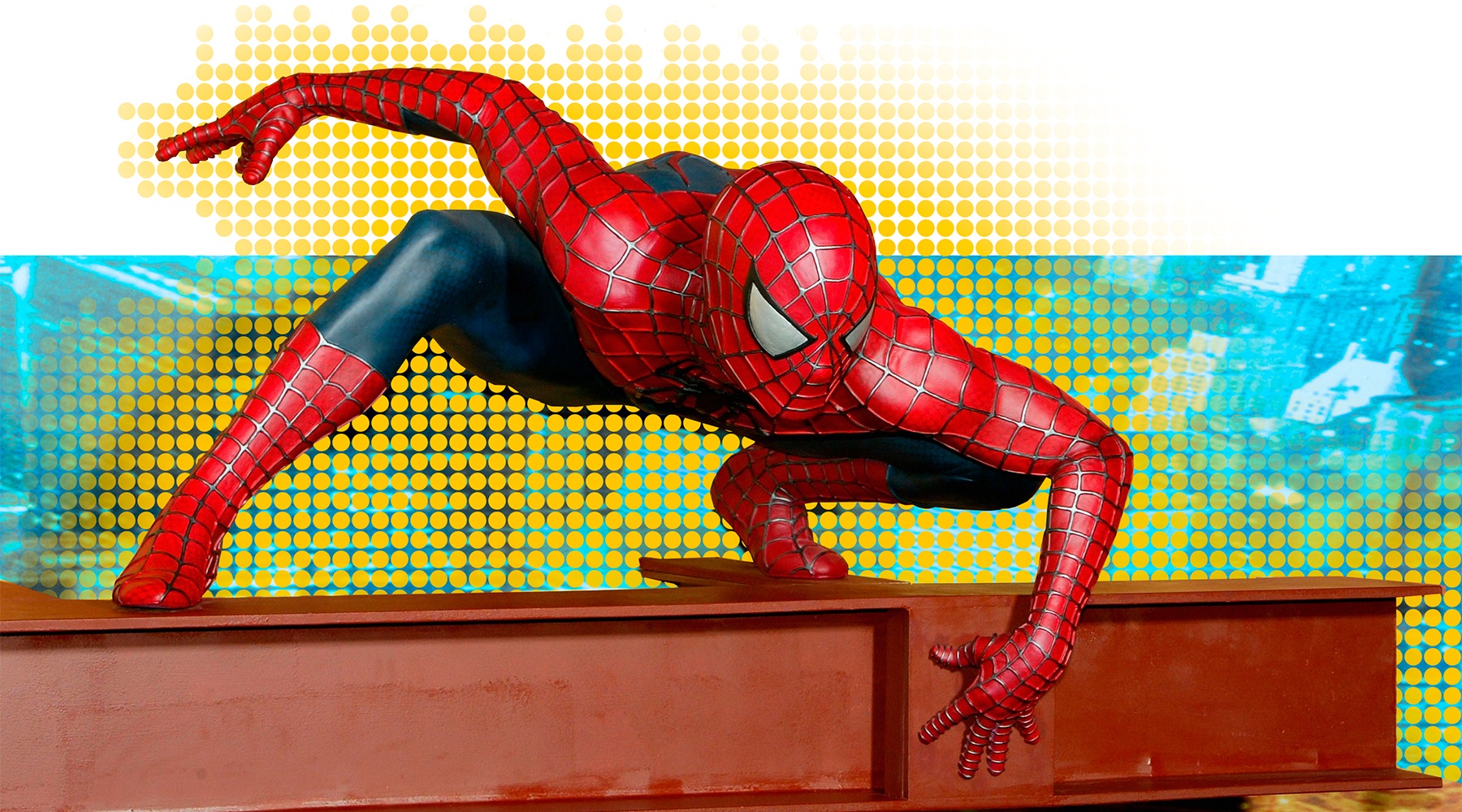In this summer’s hit movie “The Amazing Spider-Man,” an insect bite changes a teen into a superhero. An OMRF scientist discusses whether there’s any scientific basis for this Hollywood fantasy.
In the comic series that spawned the film, a spider bite transforms puny Peter Parker from a nerd to a wall-climbing, web-spinning crime fighter. While Stan Lee wrote the original story way back in 1962, the idea that Spider-Man’s DNA—deoxyribonucleic acid—was altered by a spider’s bite came in later issues. Still, it got us wondering: Could it really happen?
“The short answer is no,” says OMRF scientist Dr. Courtney Griffin. “The long answer is yes, but with a lot of luck and a lot of spider bites.” Griffin should know. In the lab, she studies genetics and how it affects the formation of blood vessels. She also examines certain enzymes that turn gene functions on or off and how those actions might lead to disease.
Radiation can absolutely alter DNA, she says. Will it give you the power to climb walls and sense danger? Probably not. For one thing, mutating DNA in one cell doesn’t mean it will mutate the same bit of DNA in the other cells. “Radiation mutates randomly and could affect any of your 20,000 genes, so instead of super powers, you might end up with cancer,” says Griffin. “Mutations are unpredictable, and altered DNA might turn on, or turn off, some mechanism that is important to how your body functions. It all depends on where and when the mutation occurs. In this case, it would take multiple bites, and every cell would have to mutate in exactly the same way.”
Wall-climbing, though, is just one of Spider-Man’s powers. You want super strength? Get ready to have all of your muscles bitten several times. To acquire “spider sense,” you’d need to have your head bitten—from the inside. Even then, all of the painful nastiness might go to waste without the proper amounts of spider venom and radioactivity.
All that doesn’t mean that DNA can’t be changed. Researchers are looking for ways to treat genetic diseases, including a process called “gene therapy.” So while Peter Parker’s DNA was overwritten with code giving him the proportional strength of a spider, allowing him to walk up walls and even sense danger, gene therapy seeks to correct mutations so cells can behave normally.
“Gene therapy only needs to be applied to the portion of the body where the DNA needs correcting,” Griffin says. “Conditions like Parkinson’s disease, where the problem originates in the brain, could someday be treated with gene therapy that targets a specific area to alter the DNA. It wouldn’t really matter if the DNA in muscle cells in your arms or legs stays the same, because they’re not creating the kinds of proteins that cause the disease.”
So your chances of becoming a web-spinning wonder and hero to millions through DNA mutations are slim to none. And gene therapy is still in experimental stages. But don’t let that stop you from grabbing your popcorn and enjoying the show.



